Journal list menu
Export Citations
Download PDFs
Cover Image
Cover Image, Volume 57, Issue 11
- Page: C1
- First Published: 12 May 2019

In their study reported on page 670, Maria Kanidi and colleagues developed thin films of PS/PNIPAM polymer blends that show a reversible wetting behavior due to the thermoresponsivity of PNIPAM. Upon heating, the films show an increase in water contact angle due to increased hydrophobicity. Spin-casted films of PS/PNIPAM blends provide the possibility to develop smart surfaces by simple and controllable methods suitable for numerous applications that require control of wettability over large areas, such as self-cleaning surfaces, industrial surface coatings, tissue engineering, cell encapsulation, enzyme immobilization, sensing, and microfluidics, among others. (DOI: 10.1002/polb.24822)
Issue Information
Full Papers
Phase transitions of the rapid-compression-induced mesomorphic isotactic polypropylene under high-pressure annealing
- Pages: 651-661
- First Published: 23 March 2019
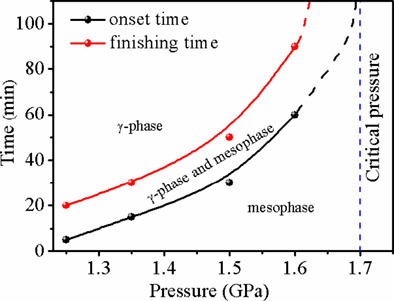
In this article, the phase transition under high pressure of those formed isotactic polypropylene mesophase was investigated. It was found that annealing under pressure can promote the further arrangement of chain segments of the mesophase toward the crossed state in the orthorhombic γ-phase. As annealing pressure increased, onset and finish time of phase transition were both delayed. A critical annealing pressure was found to be between 1.6 and 1.75 GPa, which determined whether the phase transition took place or not.
Direct visualization of the nanoscopic three-phase structure and stiffness of NBR/PVC blends by AFM nanomechanical mapping
- Pages: 662-669
- First Published: 25 March 2019
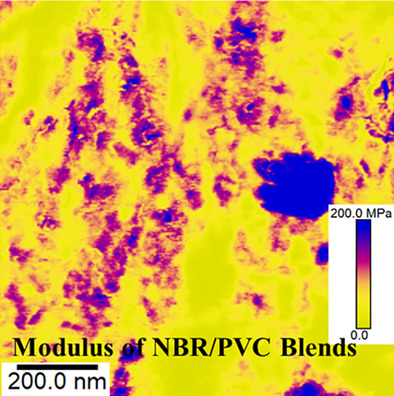
The full understanding of the relationship between microstructure and mechanical property in thermoplastic elastomers requires the local characterization of its properties. However, there is very little direct evidence or visualization. In this article, the PeakForce Quantitative Nanomechanical Mapping method was used to elucidate the structure–mechanical property relationship of a model nitrile rubber/poly(vinyl chloride) (NBR/PVC) blend. A three-phase coexistence of an unmixed NBR phase, the mixed phase, and PVC microcrystallites is directly visualized in NBR/PVC blends. The mixed phase is verified to considerably contribute to the mechanical properties of NBR/PVC blends.
Thin films of PS/PS-b-pnipam and ps/pnipam polymer blends with tunable wettability
- Pages: 670-679
- First Published: 01 April 2019
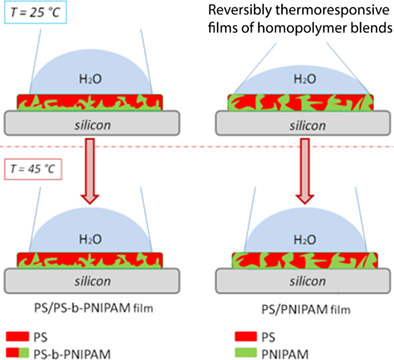
Spin-casted polymeric films prepared by blends of PS/PNIPAM and PS/PS-b-PNIPAM, using different composition and drying conditions, show tunable wetting behavior upon heating. Films of PS/PNIPAM and PS/PS-b-PNIPAM blends exhibit different surface morphology due to the coexistence of phase separation and dewetting phenomena. Studying the wetting behavior of the films, the PS/PNIPAM films demonstrate reversible thermoresponsive wettability, whereas the PS/PS-b-PNIPAM films do not respond systematically to the stimulus of temperature.
In Situ tensile tests to analyze the mechanical response, crack initiation, and crack propagation in single polyamide 66 fibers
- Pages: 680-690
- First Published: 04 April 2019
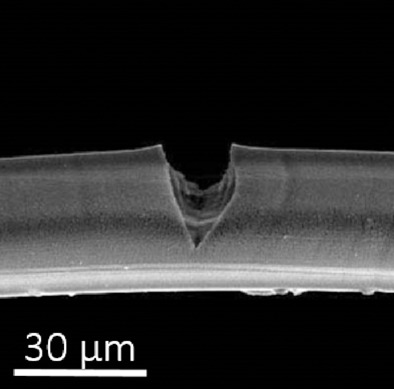
This study deals with the micromechanisms of deformation and failure of single polymer fibers. Crack propagation in single polyamide 66 fibers was observed in the chamber of microscopes. The same tests were performed on fibers with larger diameter containing a controlled notch. The evolution of all measured parameters was followed in real time. Successful numerical simulation of the crack propagation was achieved, allowing the failure characteristics of the fibers to be determined.
Effect of side chain and backbone length on lamellar spacing in polystyrene-block-poly(dimethyl siloxane) brush block copolymers
- Pages: 691-699
- First Published: 10 April 2019

Well-ordered lamellar morphologies with domain spacings ranging from d0 = 54 to 140 nm were observed due to the high χ of PS and PDMS. Power-law scaling in d0 describes an extended backbone conformation and reveals that a flexible side chain adds flexibility to the overall backbone conformation during self-assembly. The experimental findings build on the understanding of side chain conformation effects on backbone scaling and the unique molecular packing of densely grafted BBCPs.
The impact of alkyl tri-methyl ammonium side chains on perfluorinated ionic membranes for electrochemical applications
- Pages: 700-712
- First Published: 05 April 2019
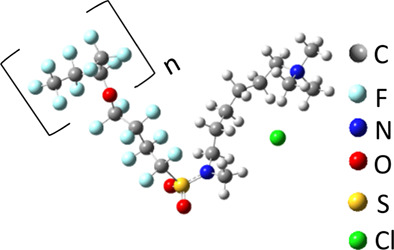
Three perfluorinated type polymers are studied with different carbon spacer chains for electrochemical applications. One of them, with a three carbon spacer chain, displays zwitterionic character, while the other two, with three and six carbon spacer chains, are of an anionic type. The polymers are physically and electrochemically characterized. They show decent halide conductivity and one of them has an impressive OH− conductivity of 122 mS cm−1, which makes it a good candidate for electrochemical applications.
Environmentally Stable Polymer Gels with Super Deformability and High Recoverability Enhanced by Sub-5 nm Particles in the Nonvolatile Solvent
- Pages: 713-721
- First Published: 03 April 2019
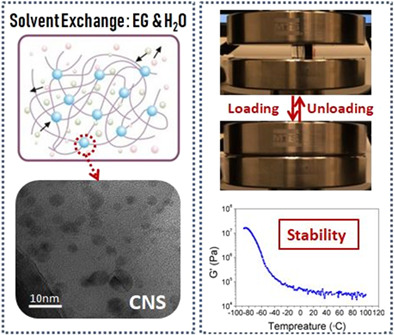
By using the nonaggregated sub-5-nm spherulite nanoparticles and solvent exchange method, a kind of novel transparent organic gel with super mechanical properties, high recoverability, and excellent environmentally stable performance was synthesized. A series of detailed studies on the mechanism of polymerization, interaction of components, bearing capacities, and mechanical stability in harsh environments were presented. This uniform and stable crosslinking network filled with nonvolatile solvent can fulfill the complex requirements for elastic carriers.
Corrigendum
Corrigendum: Thermal conductivity of poly(L-Lactic Acid) subjected to elongational deformations
- Page: 722
- First Published: 23 April 2019




